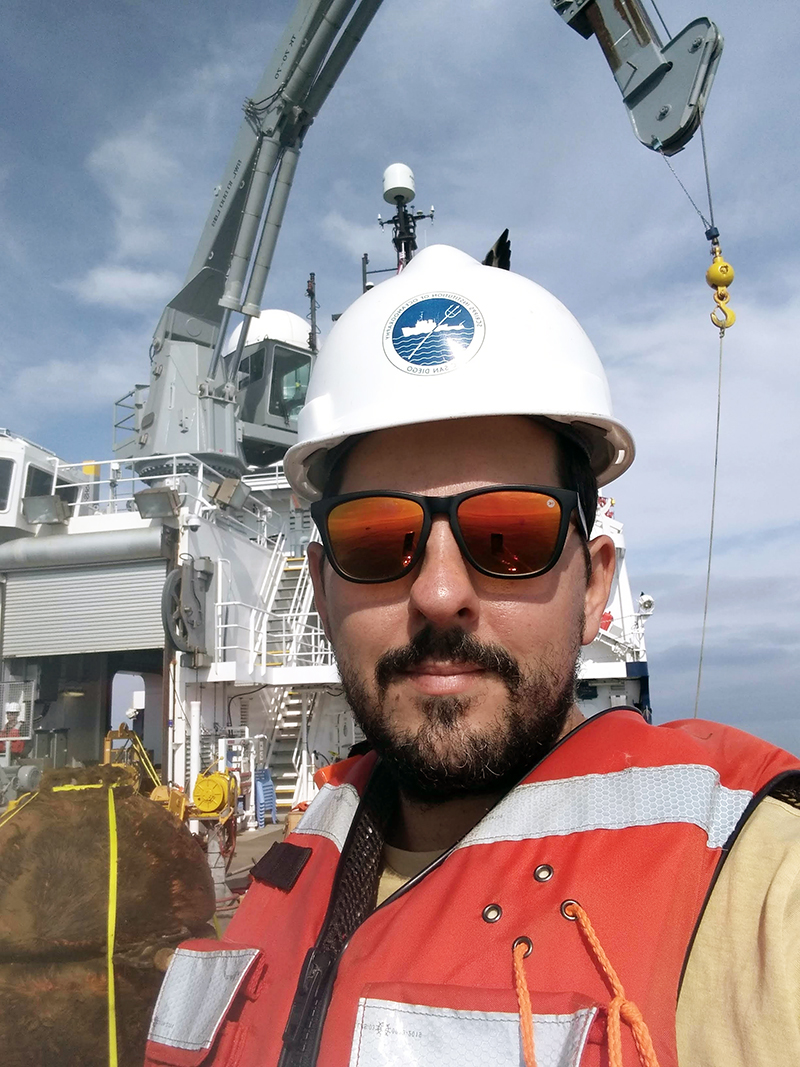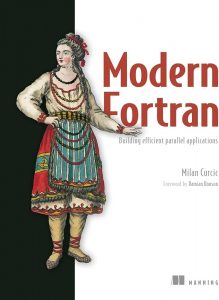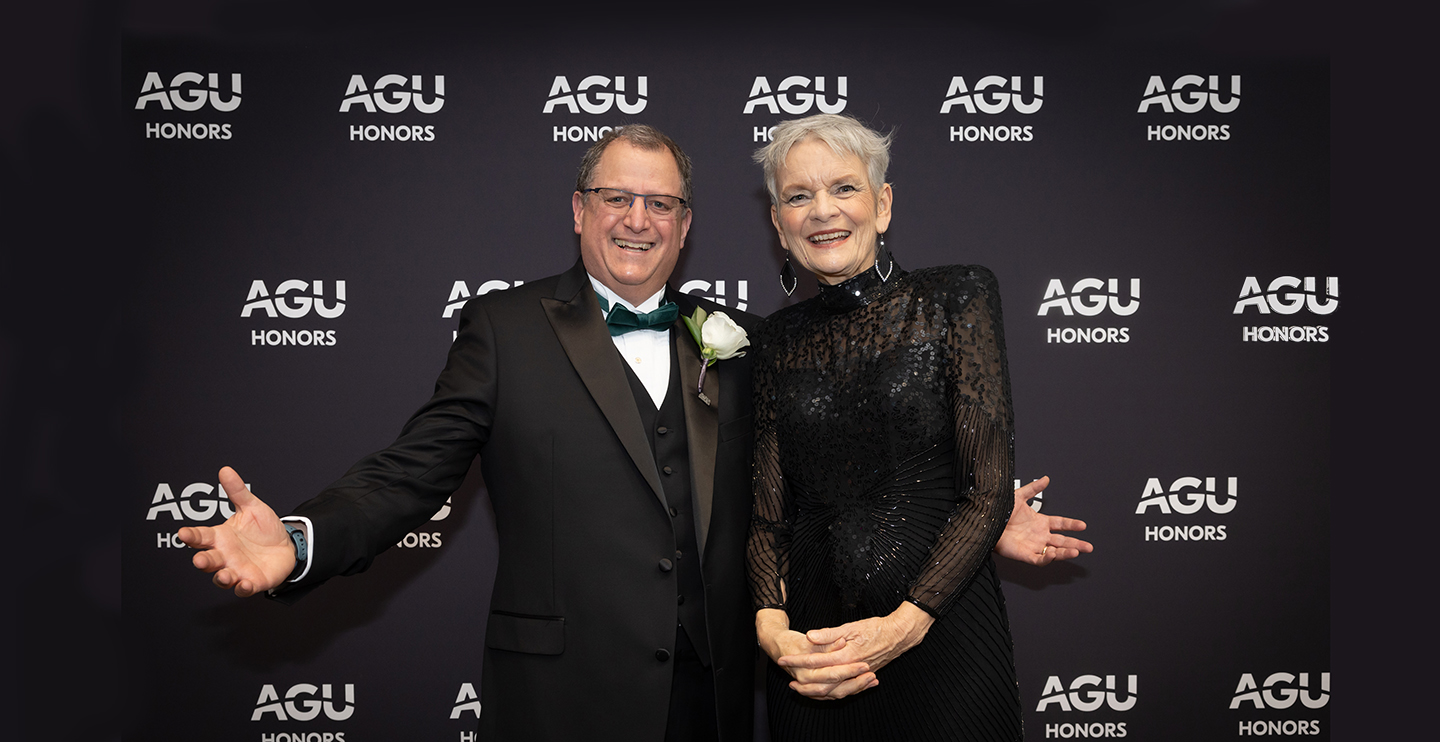As an undergraduate student in Serbia’s capital city of Belgrade, Milan Curcic was excelling in his classes but was mostly focused on his side job as a tattoo artist. It was the early 2000s and his country had been flooded by punk rock and movies glorifying American surfer culture.
“Everything culture-wise came from the west,” he said, “with a 10- to 15-year delay.”
A friend helped him open his own tattoo shop—“Last Port”—and Curcic spent every spare moment building his client base and adding pictures of his latest tattoos to his MySpace page. But as he approached graduation from the University of Belgrade, his friend stepped in again, this time convincing Curcic to give up the tattoo business and head to the United States to continue learning about computer programming and earth sciences.
The result? Curcic earned his PhD in Meteorology and Physical Oceanography from the University of Miami and in January was given a joint appointment as an Assistant Professor at the Rosenstiel School of Marine, Atmospheric, and Earth Science and as a core faculty member at the Frost Institute for Data Science and Computing (IDSC). Along the way, Curcic co-led a large National Science Foundation project to measure air-sea exchange in hurricane conditions, co-founded several private companies, wrote a book about Fortran programming, and pioneered attempts to combine numerical models that predict the behavior of the atmosphere, the ocean, and the waves formed in between.
Now firmly entrenched in Miami with his wife and son, Curcic, 39 and covered in tattoos, is looking forward to continuing his research and eager to teach his first classes, which he’ll start in the fall.

“For years, I enjoyed being on the research track,” he said. “But over time I started doing more and more administrative work in support of the lab, coaching students, fundraising. So, when I became aware of the opportunity for this joint position, it seemed to fit. I knew that it would be a shift of gears and I was excited for the change.”
The core of Curcic’s research has been trying to understand the interplay between the atmosphere and the ocean. Scientists have generally focused on one or the other, creating models to understand each. Scientists have also studied the formation of waves to better predict everything from tsunamis to boating conditions. But Curcic was always confused by that approach since all three influence each other in constant, profound ways. The temperature of the water influences how much humidity is in the air above it. The speed of winds influences the direction and size of waves, which in turn influence the ocean currents underneath. So, Curcic blended them all together and—combined with his computer programming expertise—developed models that can explain what’s happening in all three areas.
“Each of these different kinds of models have been designed, historically, without keeping the others in mind,” he said. “My PhD was largely focused on how to couple these three things in a physically consistent and conservative way.”
That work has led to some unexpected business opportunities for Curcic. After moving to Coconut Grove, he met a web developer and expressed his frustration that weather predictions require too much technical expertise and computing power for most people to do themselves. So they teamed up and created CloudRun.co, an on-demand service that allows users to request weather modeling for specific regions at specific times.
Curcic developed the system, figured out how to rent supercomputers for only the time required to run each model, and started selling the service. It’s now being used by research labs and startup companies, but their biggest client base was unexpected: high-end competitive sailing teams. “They use a lot of weather prediction models made by NOAA that are publicly available, but they found great use in something custom and high-resolution,” he said.
 Another chance encounter resulted in Curcic teaming up with a scientist/surfing aficionado who was frustrated over the old-fashioned way that extreme surfing competition officials measure the size of each wave: taking a picture and, based on the height of the surfer, estimating the height of the wave. Curcic and his colleagues responded by developing a system that uses a GPS-enabled drone flying over a wave that can provide far more detailed estimates. The resulting company, Henet (henetwave.com), is now testing the new technology.
Another chance encounter resulted in Curcic teaming up with a scientist/surfing aficionado who was frustrated over the old-fashioned way that extreme surfing competition officials measure the size of each wave: taking a picture and, based on the height of the surfer, estimating the height of the wave. Curcic and his colleagues responded by developing a system that uses a GPS-enabled drone flying over a wave that can provide far more detailed estimates. The resulting company, Henet (henetwave.com), is now testing the new technology.
Curcic never earned a degree in computer programming, but he’s become an expert in the field, especially in Fortran. He became well- known by publishing his open source work through his blog, including a series of code he wrote that serves as a bridge between machine learning, which is mostly coded using Python, and earth system models, which have traditionally been written in Fortran. That’s why Curcic was approached by a book publisher who felt it was time for a new Fortran book for beginners that uses hands-on examples to teach the decades-old language. “Modern Fortran: Building Efficient Parallel Applications” was published in 2020.
In his new role at UM, Curcic will continue working in the Alfred C. Glassell Jr. SUSTAIN Laboratory, which features a 38,000-gallon wind-wave tank used to conduct scientific studies and test commercial projects. He will continue working on his computational models and collaborate with scientists at IDSC and Rosenstiel.
“Milan is a brilliant scientist with a very broad portfolio of expertise in fluid dynamics, air-sea interactions, complex computer modeling, machine learning, and code development.”
 Ben Kirtman, the deputy director of IDSC who has known Curcic since serving as a member of his PHD committee, is thrilled to start that collaboration.
Ben Kirtman, the deputy director of IDSC who has known Curcic since serving as a member of his PHD committee, is thrilled to start that collaboration.
“Milan is a brilliant scientist with a very broad portfolio of expertise in fluid dynamics, air-sea interactions, complex computer modeling, machine learning, and code development,” Kirtman said. “Indeed, some of Milan’s code development has been adopted by national modeling centers and he has written a book on efficient parallel Fortran applications. Milan is also one of the most generous collaborators I have ever met, and he will be a tremendous asset to UM research efforts.”
Story by Alan R. Gomez
Henet wave co-founder Teddy Allen on YouTube:




